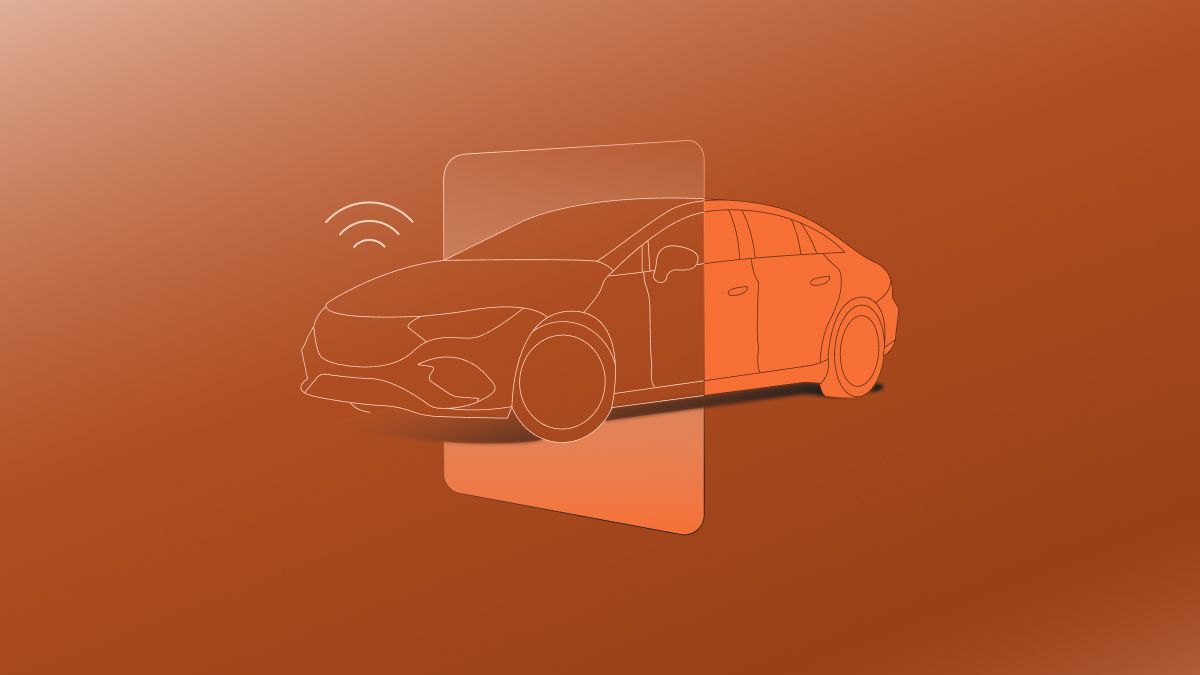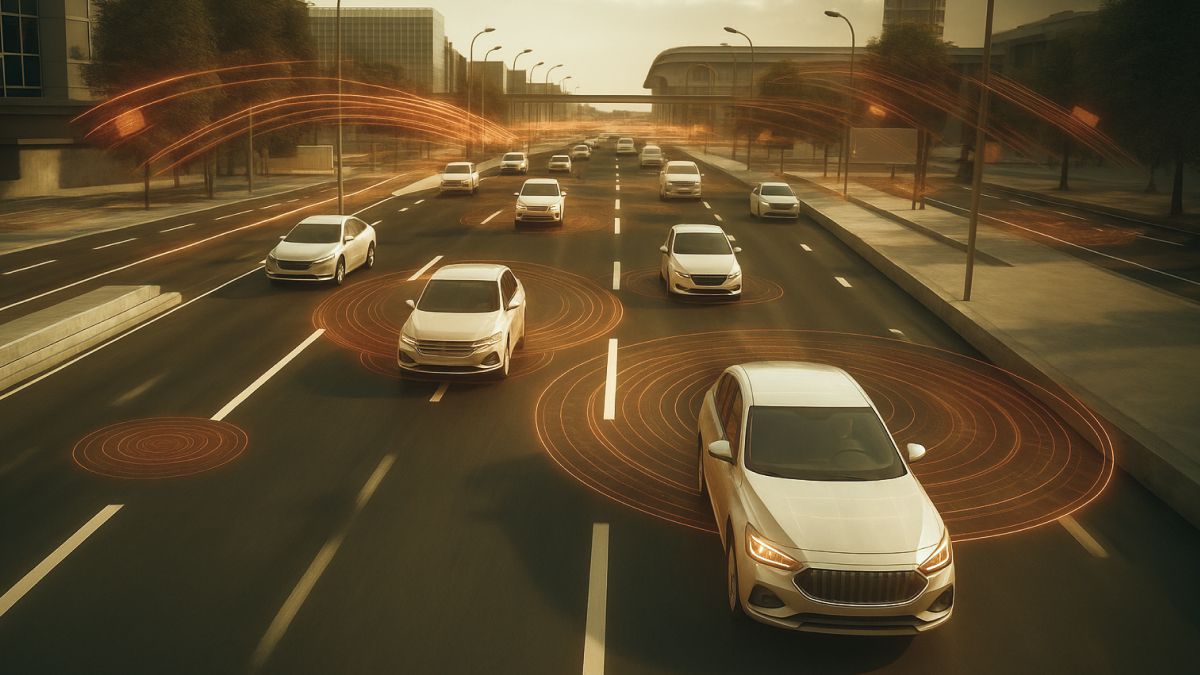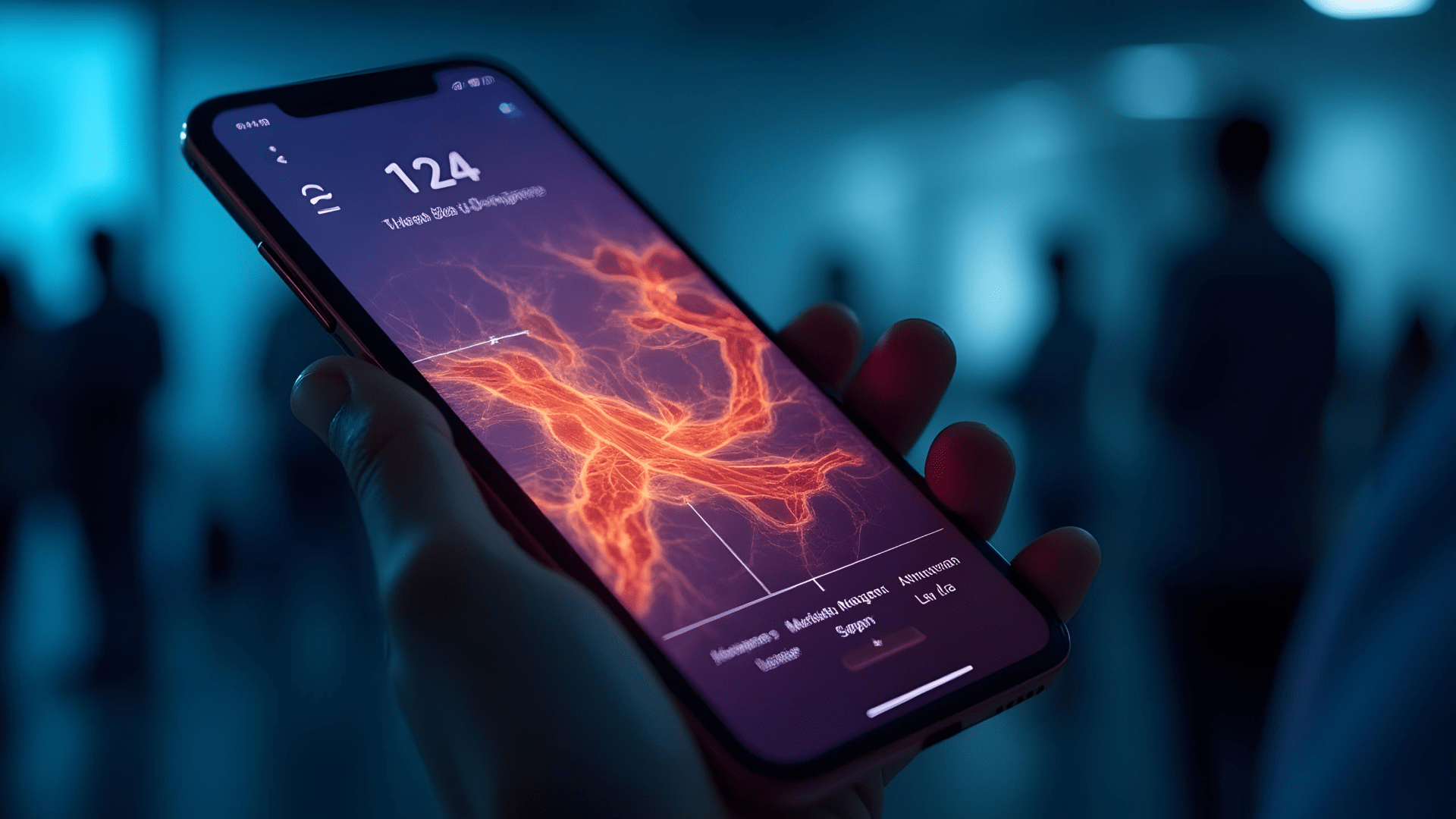Modern transportation solutions that have been fueled by IoT (The Internet of Things) technology have the potential to transform this industry by profoundly altering how transportation systems gather data and information by bringing together the major technical and business trends of mobility, automation, and data analytics. Developing a sustainable intelligent transportation system requires seamless integration and interoperability with emerging technologies, such as connected vehicles, cloud computing, and the Internet of Things.
What Is the IoT?
The Internet of Things concept is based on a network of physical objects equipped with adequate software (transportation logistics software, for example), sensors, computing power, and other similar technologies, creating an ecosystem of interconnected “things” capable of exchanging data among themselves and sharing contextual information using the Internet.
The advent of multiple modern technologies, as well as their convergence, has enabled the evolution of the IoT, often referred to as a driver of the next Industrial Revolution. Some of the technologies that power Internet of Things systems include:
- real-time analytics
- machine learning
- commodity sensors
- actuators
- embedded systems
- wireless sensor networks
- control systems
- automation (including home and building automation)
The data gleaned via the IoT systems are analyzed and used to optimize and improve services, products, and operations, ushering in a cornucopia of new opportunities for the businesses utilizing this emerging technology. The Internet of Things is already revolutionizing the way we live our lives, affecting almost every industry, business, and consumer.
That said, let’s focus on how the IoT is altering the logistics environment and helping modern transportation solutions evolve, forever altering the transportation landscape.
The Benefits of Applying IoT Technologies to Transportation Solutions
Increased Safety & a Positive Impact on the Environment
The IoT allows you to track metrics like vehicle speeds, road conditions/temperatures, aircraft part conditions, intersection congestions, and other extremely useful data that can help us prevent accidents and increase the levels of safety across global transit systems. A reduction in traffic jams and better-organized traffic flows optimize energy usage, resulting in a positive impact on the environment.
Improved Customer Experience & Operational Performance
IoT transportation solutions improve the quality of information available to both transportation companies and their customers, enabling improved workflows of communication systems. When customers have access to more accurate real-time pieces of data, they are able to better organize their journeys.
Transportation companies that utilize IoT-based solutions are reaping numerous benefits when it comes to the performance of their operational processes, while communities are provided with more granular and accurate data for monitoring critical infrastructure. This enables them to boost the efficiency of their processes and reduce operational costs to a minimum while improving system capacity.
Better Performance of Autonomous Vehicles & Tracking Systems
AI and IoT technologies will enable vehicles to become more autonomous and – eventually – completely driverless. These solutions allow tracking and monitoring the functionality, condition, age, fuel, speed, braking systems, etc, of the vehicles using the transportation ecosystem, making sure they operate at full potential, thus creating a more efficient and safer world. Not only do these systems keep the drivers and passengers safe, but they also drive better vehicle production solutions and help manufacturers create better vehicles.
As the concept of “connected vehicles” becomes ubiquitous, this technology involving internet connections, sensors, actuators, and extremely powerful transportation logistics software enables the interconnectedness, monitoring, and smart control of almost all components and applications present in a modern vehicle, including:
- Brakes
- Speed
- Engine
- Tire pressure
- Exhaust gas composition
Vehicle tracking systems are highly useful to freight companies for managing their cargo fleets in a more effective manner. This allows them to gather valuable data and monitor driver behavior, and then use that information to improve their supply chain workflow and optimize service.
The processes that can see a significant bump in their functionality thanks to the IoT, include:
- Trip scheduling
- Fleet tracking
- Driving scheduling
- Rest break scheduling
- Fuel consumption
- Timely alerts in terms of speeding, reckless driving, acceleration/braking
- Vehicle load monitoring
- Tracking of traveled distances, etc.
Better Utilization of Video Surveillance Solutions
Internet of Things technology is capable of providing transportation security managers with considerably useful insight through automated recording and detailed analyses of valuable data. This data is collected through IoT-based video surveillance solutions that involve computer vision, automation, deep-learning, powerful processors, and efficacious apps.
This new landscape vastly enhances the performance of security-related processes as it facilitates a faster and more accurate response to incidents, as well as improved traffic management. Large cities, for example, are capable of collecting information from CCTV feeds and receiving vehicle-related data, as well as critical information on parking, traffic lights, accident assistance, etc.
Streamlined Logistics via Geo-Fencing
Internet of Things technology has also spawned the concept of geo-fencing. Geo-fencing is an extremely useful solution for creating virtual perimeters around a certain point of interest. Typically, it is used to notify logistics managers about any supply chain bottlenecks or shipment deviations, allowing for massive fleets of driverless supply chain vehicles to be controlled from a single point of data entry. These IoT-based geo-fencing systems can mitigate overcrowding, slowdowns, and traffic jams by alerting vehicles about traffic and rerouting options.
Real-time Tracking of Public Transport Vehicles
Cities and other areas that are highly populated need to have a highly-functional public transportation system in place. Internet of Things transportation solutions is able to improve and streamline the commuting process by sending delay notifications, tracking city vehicles, and personalizing the entire experience.
(Even More) Automated Toll and Ticketing Systems
Although conventional tolling systems can be automated to a certain extent via radio-frequency identification, these improvements are simply not scalable enough to be optimally applied, as the number of vehicles on the road is skyrocketing. The annoying queues at toll booths and the unnecessary manpower needed for legacy toll systems to operate can be obviated by using IoT solutions.
For example, a car that is equipped with IoT connectivity is able to be detected as it is approaching the next toll booth from almost a mile away. The IoT-based system can identify it and lift the barrier so it can pass through without having to slow down completely.
HTEC’s Expertise in the Field of IoT
HTEC and its team of experts have been using the IoT for several years to help their clients improve and automate their business processes. HTEC possesses extensive expertise in the area of transportation and logistics, and has cooperated with already developed solutions for public transport companies in the past. This time, the intention was to create systems for cashless ticket purchasing and several other operations. Below you will find the challenges of working on these projects, how HTEC’s team dealt with these challenges, and what the benefits of implementing IoT solutions were.
Challenges
Several thousand different embedded devices are installed in different vehicle types (busses, trams, and trains).
The challenge was to create a solution for public transport organizations to monitor and control devices in complex conditions (a device in a vehicle, the vehicle in motion, passengers using the devices, unstable 4G connections, etc), where a large amount of sensitive data is sent from every embedded device and different public transport organization (multitenancy).
This means that there was a challenge to design such a system that supports multiple independent tenants. Each tenant controls thousands of embedded devices that send tons of data every minute, and this data needs to be secured and separated from data that belongs to other tenants.
Solution
The solution consists of two main components, a centralized web application and a client service that is installed on the embedded device. The centralized web application is running entirely in Azure and integrates with some of the most widely used Azure services, such as IoT Hub, Cosmos DB, SignalR, Azure Functions, Blob storage, and more.
Every device has a client service that is used for authentication on the IoT Hub, while it sends different device information and receives various commands.
Storing data for multiple tenants in a single CosmosDB instance is accomplished by partitioning the data using the PTO identifier as the partition key. This guarantees that a single PTO as a tenant will always and only have access to data that is relevant and belongs to that PTO.
Because embedded devices feed a lot of sensitive data into the IoT Hub, administrator users of the centralized web portal are required to use two-factor authentication when logging in. This is in order to protect against malicious attempts to access sensitive data within the portal.
Impact and Benefits of implementing IoT
Two-way secure communication is established between an embedded device and the centralized web application used by the public transport organization.
- Device monitoring
- Real-time device monitoring, displaying data in a grid view and on a map,
- Sending alerts regarding the device status,
- Instant passenger counting in the vehicle,
- Check-In and Check-Out information are sent instantly,
- Ticket purchasing information,
- History of all events containing device information or state, as well as device registration history.
- Device control (on-site presence not needed)
- Troubleshooting the device on the move,
- Retrieving device information on demand, such as service log files,
- Remote update of the device software and configuration,
- Remote control of the device, such as restarting individual services, overwriting the configuration file, setting the display brightness and volume, changing the device state, and more.
- Administration
- Overview and management of users and user roles/permissions,
- Centralized overview and management of vehicles.
The dispatchers now have real-time information about the devices and vehicles, which can provide prompt reactions from their side.
Public transport organizations can also better understand passenger behavior with the gathered information.
How is this different from other things on the market?
The biggest difference between our solution and other available ones is that we enriched the technical aspects with the domain knowledge of our team. This way, we knew the pain points of our partners and helped them overcome complex conditions in a shorter period of time.





